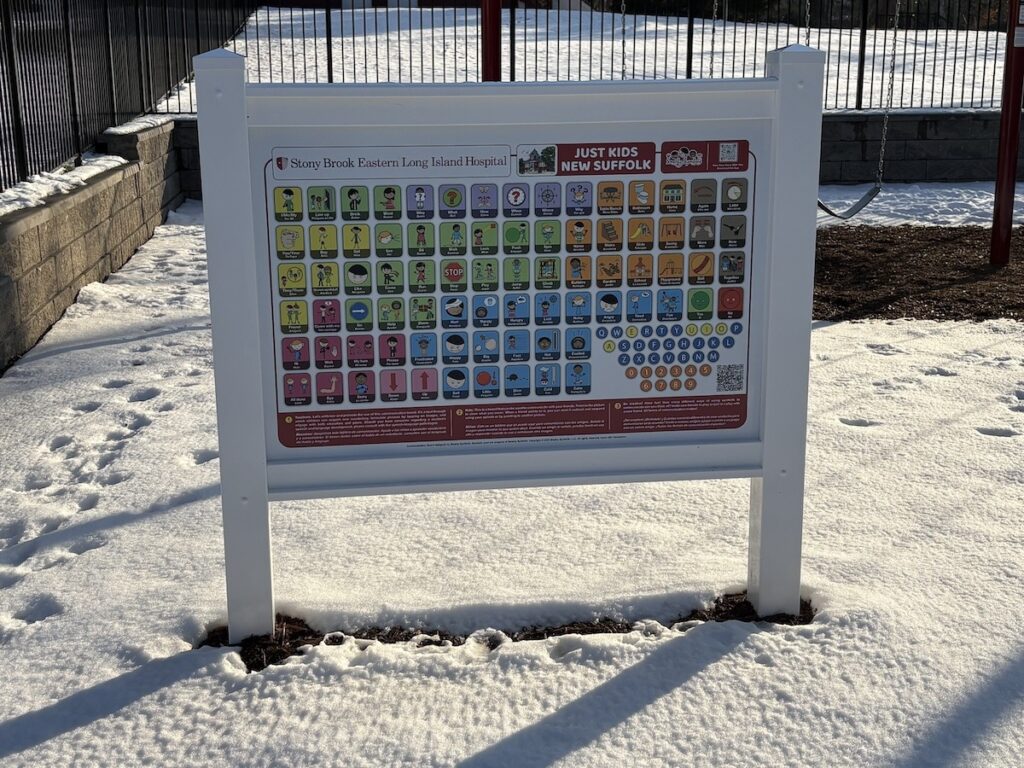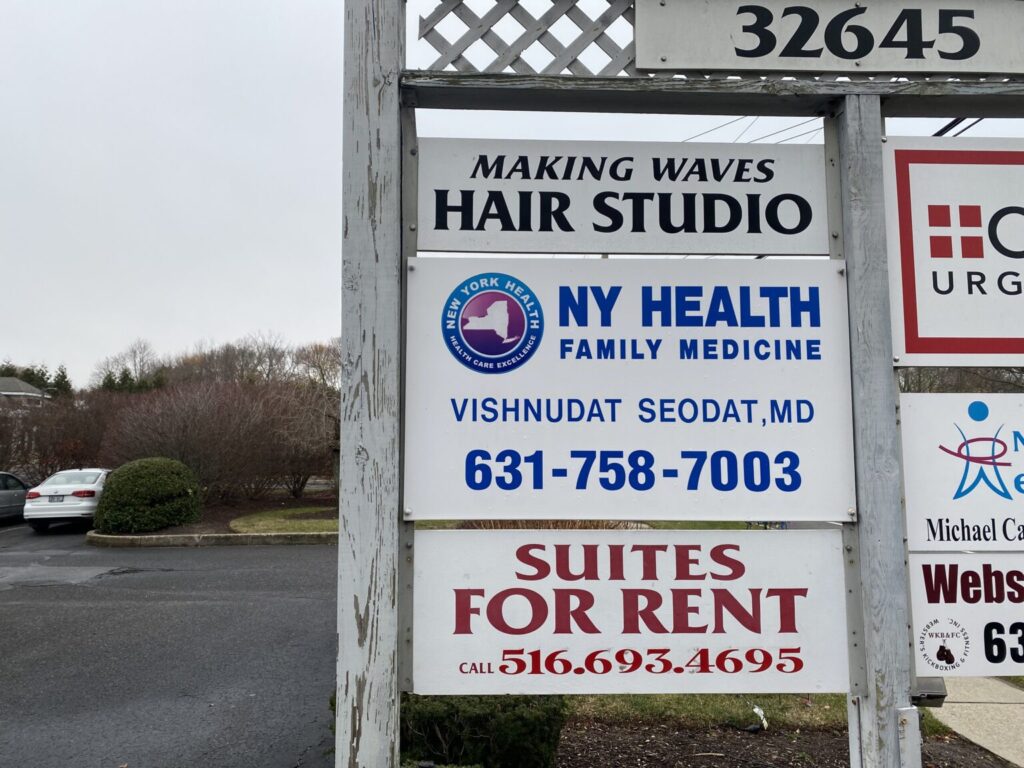Editorial: New septic systems are needed — but at what cost?

We have published stories in our newspapers recently on the environmental impacts of traditional home septic systems, and what experts are saying about the new — and expensive — Innovative/Alternative systems that prevent nitrogen pollution from reaching groundwater and migrating from there into saltwater bays and creeks.
The issue can be summed up this way: The old systems are bad for the environment; the new systems are far better and should be in widespread use.
Making the change to I/A systems is a critical goal, considering that the Suffolk County Department of Health Services estimates that of the 365,000 residential on-site sewage disposal systems in use in the county, 252,530 are older, outdated of cesspools.
While we agree wholeheartedly that groundwater must be protected — after all, it’s the source of our drinking water — and that bays and creeks must be free of shellfish-destroying pollution, the transition to I/A systems is out of reach for tens of thousands of homeowners.
Why? We learned when reporting our stories that even the most enthusiastic supporters of adopting I/A systems as the standard acknowledge that there are difficult obstacles to overcome. And these obstacles put the possibility of widespread use of I/A systems very much in doubt.
The biggest hurdle is cost. At a recent panel discussion called “Septic Savvy Citizens,” we listened as homeowners said they spent thousands of dollars more than they anticipated to make the switch. Some said they received estimates from contractors who install the new systems of more than $40,000; one speaker said she received bids from three contractors, with the highest over $50,000.
The residents spoke of grants from Suffolk County and New York State of $10,000, but, in the end, several said they spent well in excess of the grants due to costs such as engineering requirements and, in some cases, the need to relocate a well. Some suggested that contractors who install the new systems have jacked up their prices because they know homeowners can get grants.
The discussion, however, clearly stated the dangers of the aging septic systems still common on the East End. Peter Topping, executive director of the Hampton Bays-based Peconic Baykeeper, described the septic systems currently in use at thousands of North Fork homes as “outdated” and “an active threat to water quality” because the wastewater inevitably makes its way into the estuary in the form of nitrogen pollution.
“As more and more of us live out here,” Mr. Topping said, “this has become a serious issue.”
Bob DeLuca of Group for the East End said tens of thousands of homes in Suffolk County have relied for decades on traditional septic systems, resulting in nitrogen leaching into marine estuaries.
“Nitrogen is getting into our water,” he said. “We are telling people [the old systems] are not good enough.”
“It’s obvious where the wastewater is going,” said Southold Supervisor Al Krupski, adding that creating centralized neighborhood or hamlet-based sewage treatment systems would be “far too expensive.”
He also noted an obvious truth — one that applies to both Riverhead and Southold: It is far cheaper to preserve open space than to increase housing density given all the environmental issues that go with it.
The reality on the North Fork, where water quality and open space anchor the tourist economy that drives small businesses, boils down to two competing realities: New I/A systems are vital to prevent groundwater pollution, and the high cost will prevent many homeowners from installing them.
Several speakers at the discussion pointed out that both East Hampton and Southampton towns offer their own grants, in addition to the county and state grants. This has helped offset high installation costs on the South Fork.
Both North Fork towns will need to find their own ways of helping homeowners pay for the I/A systems if, in the long run, we are to keep our groundwater and saltwater systems clean and healthy.









